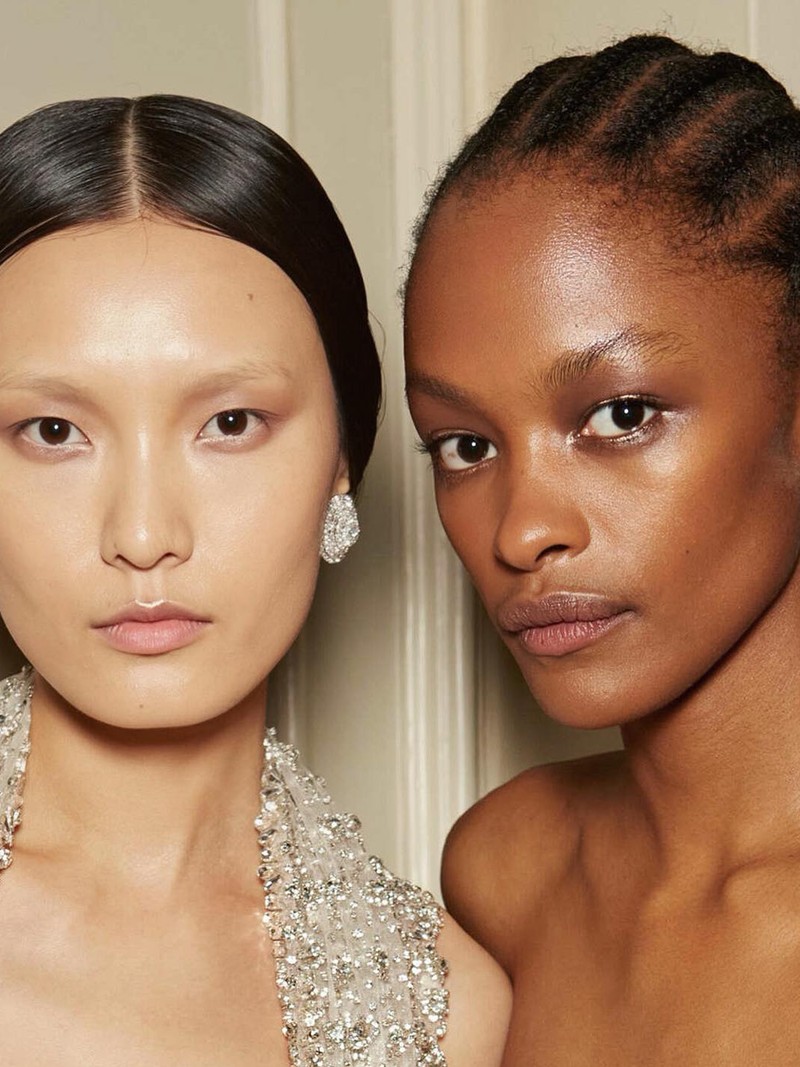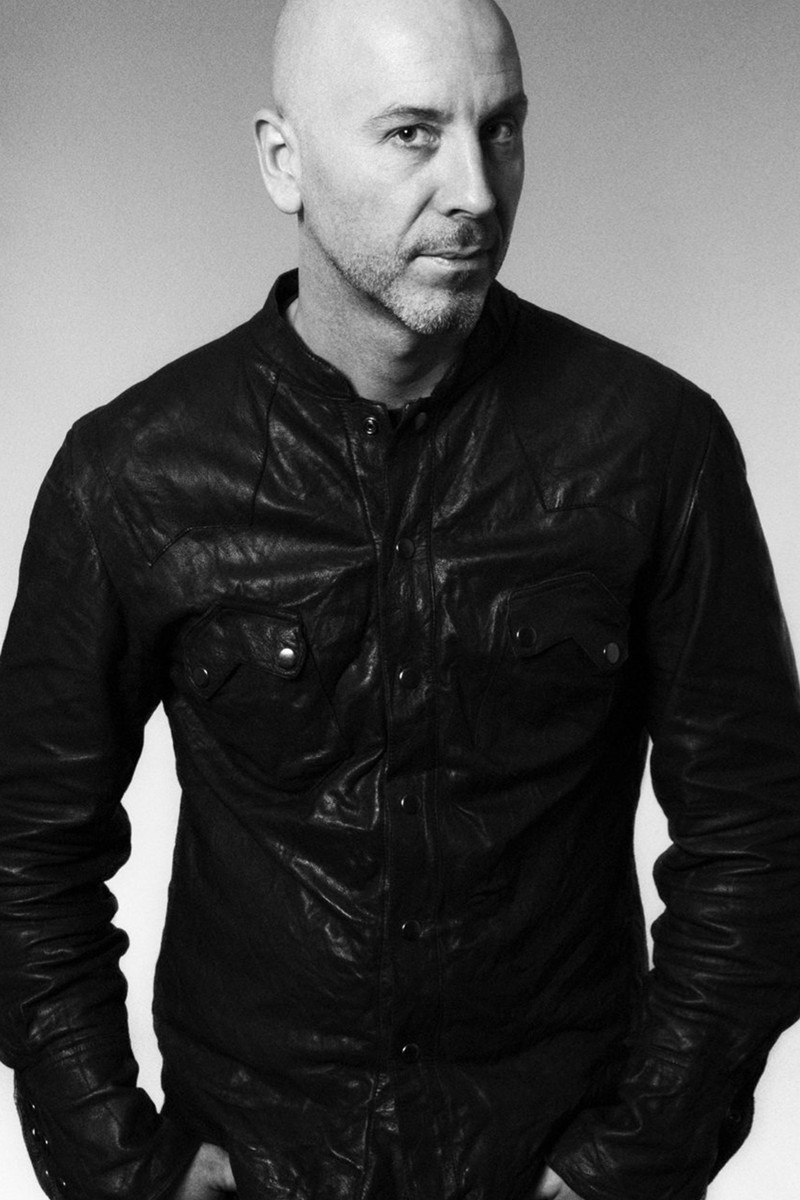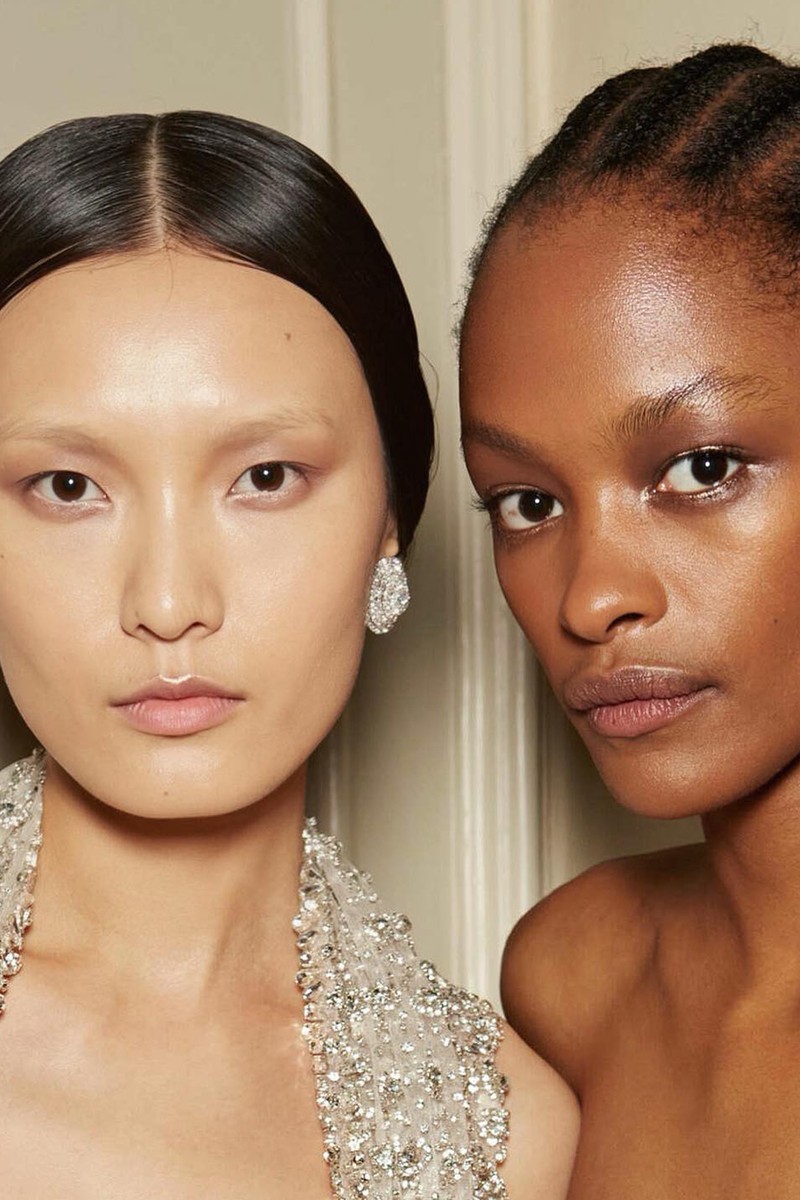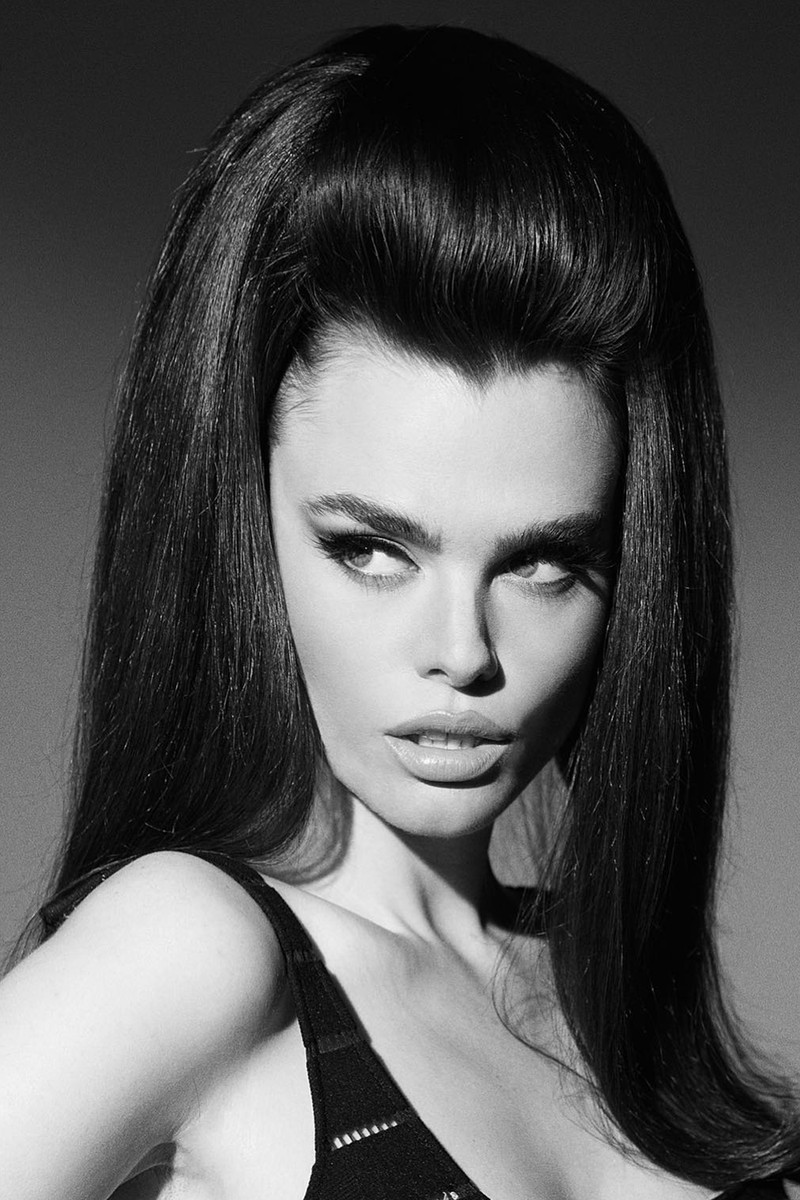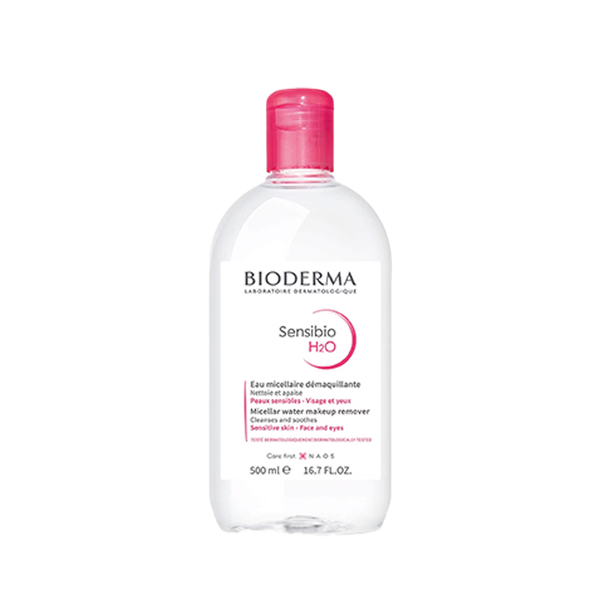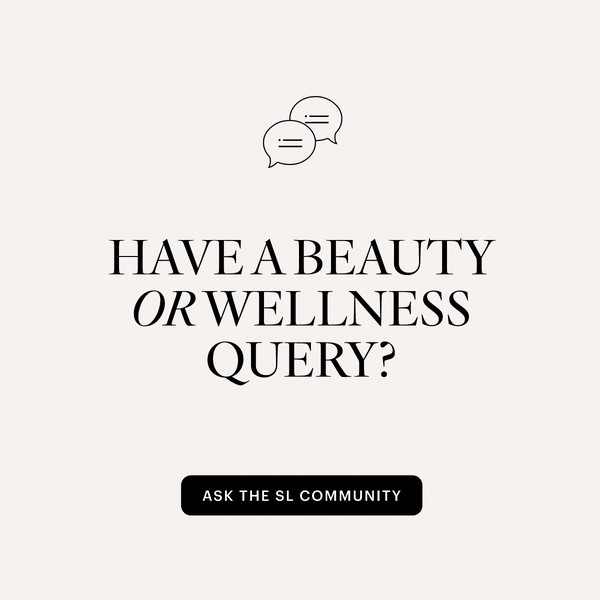Tips, Lessons & Advice From Make-Up Artist Terry Barber
I was the ultimate club kid in the 80s. I was fully integrated into the party scene at the time and the gender-fluid freedom and creativity that filled it. I loved make-up and how it could be used as a means of expression, but I never thought it would become my career.
My job wouldn’t exist without Frank Toskan and Frank Angelo. They were the originators of M·A·C. They pulled all the kids out of clubs and off the streets to work for the brand because they wanted something different. They were influenced by pop and fashion culture, and the staff who worked for them were people who would never have even been looked at by another brand. It was a really inspiring and revolutionary time – I was one of the lucky ones to be hired. That was more than 30 years ago and I’m still with M·A·C today.
My training wasn’t traditional. I got a Prince’s Trust grant and did a week’s course at a make-up school years before I joined M·A·C. But it didn’t teach me enough. I often say I went to the school of the London club scene. That’s where I observed and watched everyone and there were a lot of people who now work in fashion who were part of that scene as well. It was all about the New Romantics at the time and the make-up back then was fun, playful and daring – there were no rules.
Working on a beauty counter taught me a lot, too. I started at Harvey Nichols – it was the first one outside of North America and it was packed every single day. You’d see all sorts of people there, from all different backgrounds, and you’d learn quickly how to shade match, choose the right product and apply it to various faces. It was full-on every day, but you learn quickly that make-up is linked closely to emotions – the minute you can tap into how it makes people feel and use it to create an identity, you know you’re on your way to becoming a good make-up artist.
Having a curious mind has set me apart from the crowd. I trained my eye from day one and constantly collected references – I still do. Whether it’s old TV and film to vintage fashion and photography, I use all these references to inform the looks I create. It’s important to take this kind of approach, otherwise you end up following a formula that only relates to one certain era or time. Break the rules, be intuitive and find what works for you.
We are all more intuitive than we think. I’m often asked for how to do make-up, but I believe we all do it naturally. For instance, if you apply pencil on your eye or lash line, who doesn’t use their finger to buff it in? It comes naturally. Some want pin-point perfection while others want effortless and soft – it’s all about preference and I believe we all can work out how to make products work for our own features.
Working on the McQueen shows was a real career highlight for me. The late 90s was the real heyday of fashion. I was assisting Val Garland and we did all those mythical, magical shows – it was like being on movie sets. There was no press backstage, no social media. We had to find images, seek out the right information and physically find materials for the runway.
Taking the time to learn your craft is key. That goes for any career, but it’s especially true for make-up artists. This new generation we’re seeing is so different. There’s a desire to be an overnight success, which is doable on TikTok or Instagram, but the true sense of loving what you do comes from mastering your talent and knowing what’s worth your time. We’re all good at different things. My advice to aspiring artists is to find your niche, work on as many faces as possible and research constantly – do all of this and you’ll have longevity in the industry.
M·A·C is a brand I feel very protective of. I’ve never been associated with anyone else and the reason is they’ve always let me work as an artist. I will never take the freedom they’ve given me for granted. I also love the products – it’s the medium I’ve worked with for decades. Everything layers, blends and mixes so seamlessly together. It’s fought off all the other competitive brands doing the same thing – 40 years later it’s still an industry leader.
I feel quite conflicated by the relationship between social media and beauty. It’s given an opportunity to those who wouldn’t typically be able to enter the industry but on the other hand, it’s given rise to what I call the beauty Olympics. Who can do the best eyeliner look? Or the best, flawless foundation? It’s become quite the technical circus with endless rules, which I fear takes away from the creativity.
That said, beauty rules are important to a degree. There are things that make a face look better – that’s a fact. Like a feline flick can enhance the eye, and the right lipstick can brighten your complexion. But that doesn’t mean you have to stick rigidly to them. It’s about following principles and adapting them to your individual style.
Physically trying product on is essential. It’s easy to reel off rules about undertones for lip colours and foundations, but you just have to try things for yourself. You can talk about rules and blue veins all you like, but until you physically apply the product to your skin, you won’t know what’s best. Once you find the right shade, everything just works harder for you, so it pays to take the time.
There really is a red lipstick for everyone. You can have a fully opaque red, a stain, a semi sheer finish or a gloss – the options are endless. It all lies in experimentation and how you treat the finish of the colour. Sometimes, I recommend fluffing the edge of a red lipstick out with an eyeshadow brush. If you do this, you’ll find it’s far more wearable and romantic. I like to use a little loose powder around the edges too, which mutes the pigment and stops everything looking too harsh. It’s still a statement, but more effortless.
Eye make-up first, foundation after. If you follow this mantra, you’re able to visualise how much coverage you need on the skin – do it the other way around and you’re simply painting a canvas. This is a personal choice and might not work for everyone, but I do recommend trying it. You’ll find you need far less foundation – it might even be removing a little darkness with concealer. I often say take things off rather than put it on – beauty is the same as fashion in that sense. If you do a dark eye, don’t do a mega filled in brow. It’s about balance.
Another tip is to start with an eye pencil. Trace the shape on your eyelids with a pencil and smudge it out like a cream shadow. Once you’ve done this, go in with an eyeshadow – you’ll find the texture looks better and more pigmented. Tracing a shape is essential before using any liquid liners too, as it helps you follow a guide.
Bronzers offer more natural definition than contour. Contour products can become grey and ashy – not to mention harsh on the skin. Contour has become too much of a science in the last decade, when really, most of us just want to emphasise our cheekbones, narrow the nose a little and sculpt in some shape – to do this, you just need to apply a bronzer with a domed brush. Follow the line from the top of your ear to the corner of your lip – this is your cheekbone line. Don’t go into the lip, work backwards and sweep up into your cheek, don’t deviate past this line. If you want to pinch your nose, start at the inner corner of your brow and work down to the tip of your nose then back up the other side.
Colours require attention in any make-up look. It’s probably one of my few rules in beauty – don’t team up too many shades in one go. For instance, if you were to do a light blue eyeshadow, make it play against taupe lips or something more neutral. There are rules that surround the temperatures of colour – like cold grey or blue against warmth on skin is a nice pairing. Always think of cool against warm to get a nice balance. There’s a lot of yin and yang in beauty, so if you opt for a glossy look, there should be an element that’s matte and powdered – even if it’s a little triangle under the eyes and nose which has less sheen. It’s important to never work with just one texture or colour as everything becomes too flat.
M·A·C’s Studio Radiance Face & Body Foundation is still my go-to. It’s a cult product and I’ve used it since day dot. It was one of the first watery, fluid foundations that contained lots of lightweight pigment. Different to a tinted moisturiser, but still breathable, it just gives skin such a nice, polished effect. Other M·A·C products I swear by include the ‘Ruby Woo’ Lipstick, of course. It’s an obvious choice, but there’s something so magical about it. It can be worn on a plain face or as part of a full-on, glamorous look. It’s a beautiful, flattering red that has never been equalled. I also love the 219 Brush – it’s the pencil version of a finger and helps to buff out all the hard lines.
Japanese beauty brands are some of the best. Aside from M·A·C, I love Shiseido, SUQQU and Surratt. They have always done such refined make-up and launched products regardless of whether it’s fashionable or not. Each of these brands stays in their remits and doesn’t deviate. Asian brands are just so unique – their formulas are fine, pigmented and easy to apply. Whenever I travel to Asia, I constantly look at the beauty shelves because they are so forward-thinking. The brush selection out there is also unrivalled – they have some of the coolest tools.
I am never without French pharmacy skincare either. There are three, cult drugstore products I love. That includes Homeoplasmine which is an ointment like Vaseline. Every make-up artist has a tube of this because it’s so nourishing yet very matte – it’s perfect on top of lipstick when you don’t want to make it glossy. I also love Bioderma’s Micellar Water – who doesn’t? It’s the gentlest yet most effective cleansing water I’ve tried. Lastly, I love Avene’s Cold Cream. It’s hard to find in stores but I am constantly ordering tubs online. It gives the face and body a gorgeous, healthy sheen.
Clean brushes are the key to flawless make-up. I’ll never go to a job without fresh brushes, but we should all be in the habit of cleaning our tools more. I love to use Palmolive Soap – don’t bother with luxury soaps as they have so much oil in. You want a cleanser with detergent in it, so cheap soap is often best. Once cleaned, reshape your brushes and let them dry over a table with bristles hanging over the edge. This stops the water from running downwards and ruining the bristles at the base.
Queen Elizabeth II and Elizabeth Taylor would have been my dream clients. Elizabeth Taylor fascinated me because she always wore this dirty shade of blue – it wasn’t classical, it was quite a dirty grey tone. Mythical Hollywood actors like her and Bette Davis just captivated me. I would love to go back in time and work on those stars and introduce them to more colours. Back then, they used weird colours like navy blue on the lips to read as a red lipstick on black and white film. All those tricks and techniques just fascinate me – what an era.
My beauty motto is learn the rules to break them. I think I am stealing that from Picasso, but it’s a good one. I don’t think you can ever start without guidelines, but once you have the right tools and knowledge, you can loosen up and feel more confident doing your own thing.
For More Inspiration Follow @TerryBarberOnBeauty
SHOP TERRY’S TOP BEAUTY PICKS
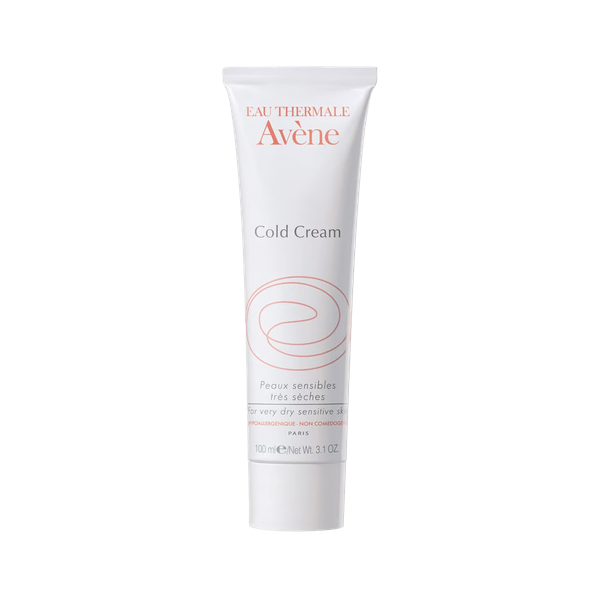
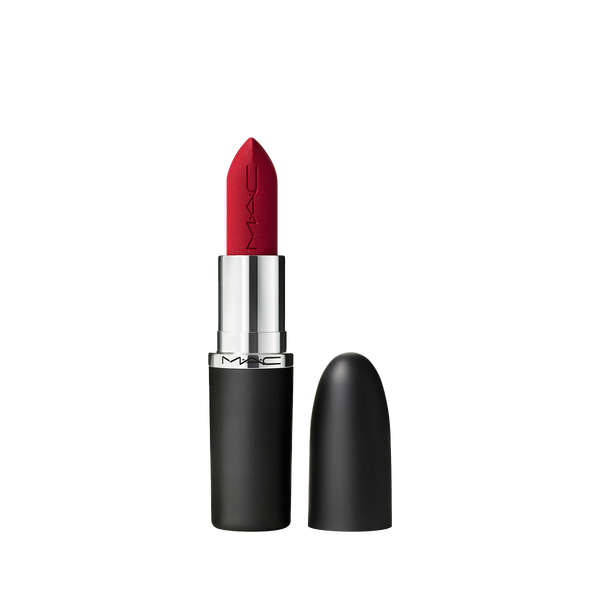
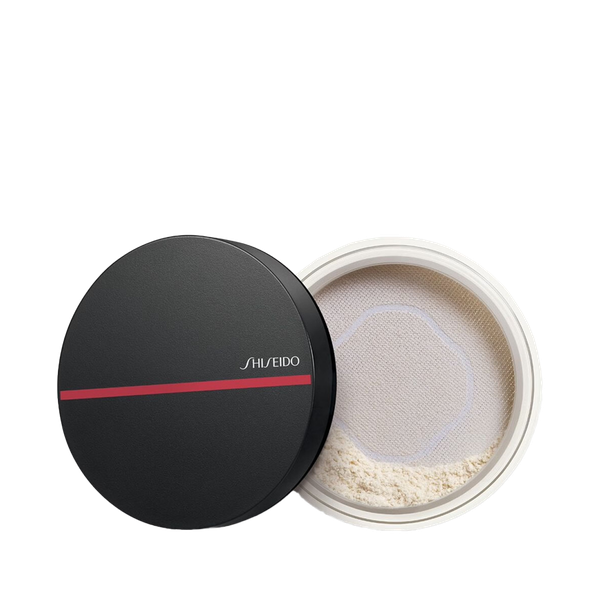

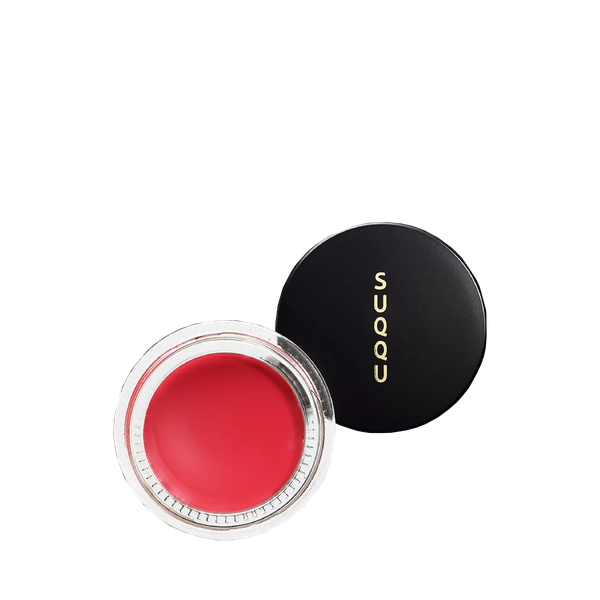
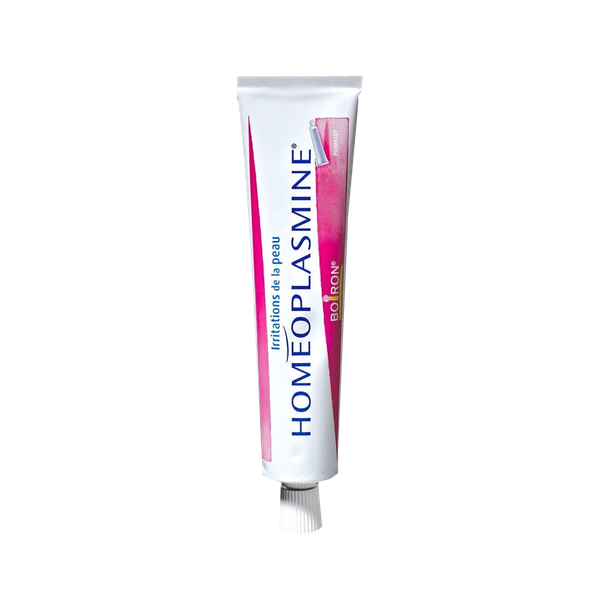

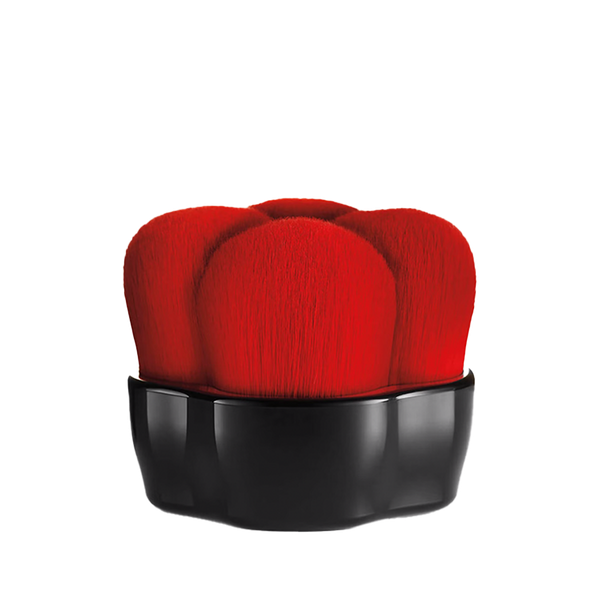
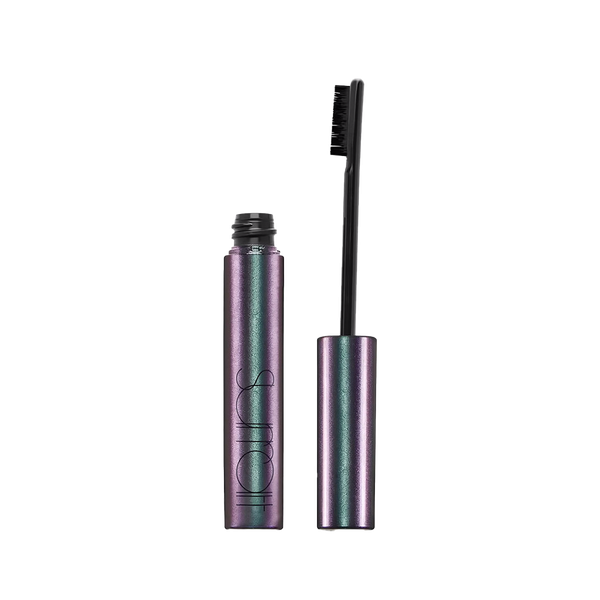
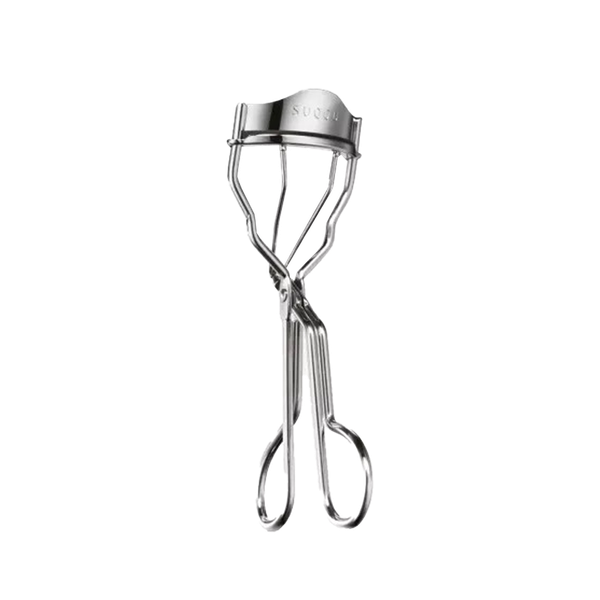
DISCLAIMER: We endeavour to always credit the correct original source of every image we use. If you think a credit may be incorrect, please contact us at info@sheerluxe.com.
